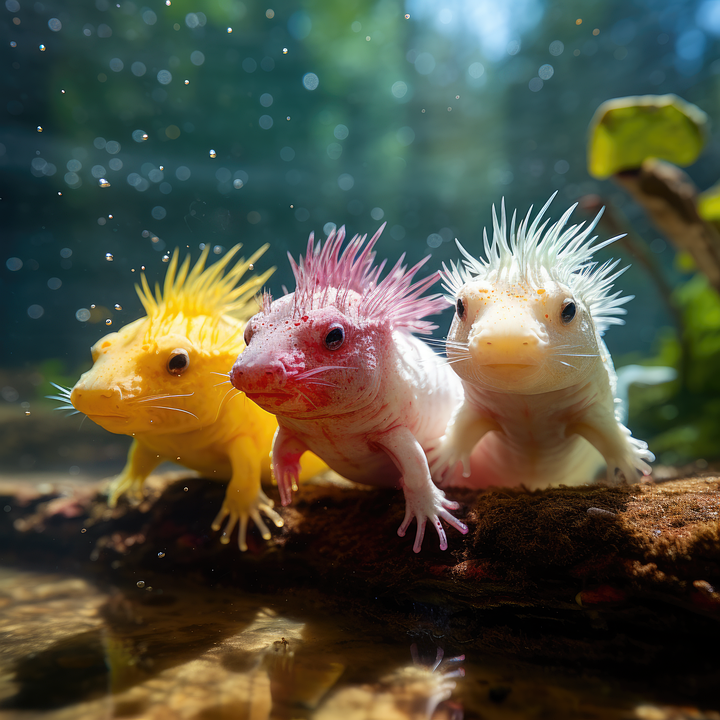
Hey there! So, I recently stumbled upon this article titled “Is It Legal to Own an Axolotl?” on C-Sharp for Humans, and it got me thinking about these quirky little creatures. You know, those “Mexican walking fish” that look like they’re always smiling? Turns out, owning one isn’t as straightforward as you’d think.
If you have learned all that you need about saving money from this article, you should have no problem buying yourself one of these little fellas!
What’s the Deal with Axolotls?
First off, axolotls are these unique salamanders native to Mexico, specifically from lakes around Mexico City, like Lake Xochimilco. What’s wild about them is that they don’t go through metamorphosis like other amphibians. They stay in their aquatic, gilled form their whole lives. This, combined with their ability to regenerate body parts, makes them pretty popular among exotic pet enthusiasts.
So, Can You Have One as a Pet?
Well, it depends on where you live. In the U.S., the rules are all over the place:
- Totally Cool States: States like Texas and Florida don’t have any laws against owning axolotls. So, if you’re in one of these places, you’re good to go.
- No-Go Zones: States such as California, Maine, New Jersey, and Virginia have restrictions or outright bans on owning axolotls. The concern here is that if these little guys escape or are released into the wild, they could mess with local ecosystems.
- Permit-Only Areas: In some states, like New Mexico, you can own an axolotl, but you’ll need a special permit to do so.
What About Other Countries?
- Mexico: Since axolotls are native here and are critically endangered, you need special permits to collect or breed them. Most pet axolotls come from licensed breeders to ensure the wild populations aren’t disturbed.
- Canada: It varies by province. For example, in British Columbia, you’re allowed to own them, but in places like Nova Scotia, it’s a no-go.
- Europe: Generally, owning axolotls is permitted, but countries like Germany have specific rules about their care and importation.
Why All the Fuss?
There are a few reasons behind these regulations:
- Environmental Concerns: If axolotls get into local waterways, they could disrupt the balance by preying on native species or outcompeting them for resources.
- Conservation Status: Being critically endangered, there’s an international effort to protect them, which includes regulating their trade under agreements like CITES.
- Health Risks: Axolotls can carry diseases that might spread to other amphibians, potentially harming local wildlife.
Thinking About Getting One? Here’s What to Do:
- Check Local Laws: Before anything else, look up your local regulations on exotic pet ownership. This info is usually available on government websites or through local animal control offices.
- Buy from Reputable Sources: If it’s legal to own one where you are, make sure you get your axolotl from a recognized breeder or pet shop. This ensures the animal was bred in captivity and not taken from the wild.
- Get Necessary Permits: In areas where permits are required, go through the proper channels to obtain one. This might involve demonstrating that you can provide appropriate care for the axolotl.
- Be a Responsible Pet Owner: Even if it’s legal to own an axolotl, it’s on you to ensure it has a suitable habitat, proper diet, and access to veterinary care.
Owning an axolotl can be a rewarding experience, but it comes with responsibilities. The laws are there to protect both the species and the environments they might impact. So, if you’re thinking about bringing one of these smiling salamanders into your home, make sure you’re doing it by the book. It’s all about balancing our fascination with these unique creatures and the need to preserve our ecosystems.





